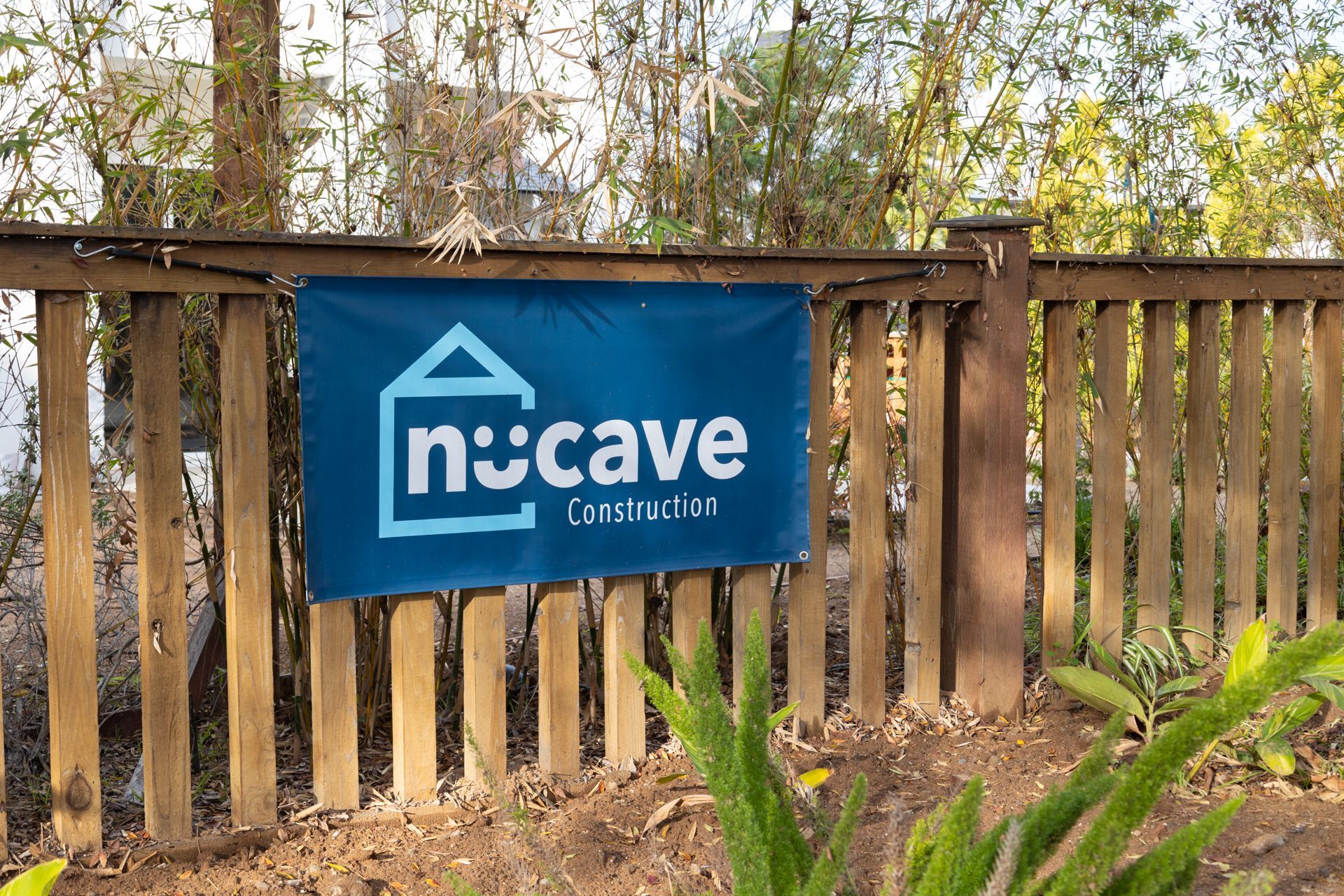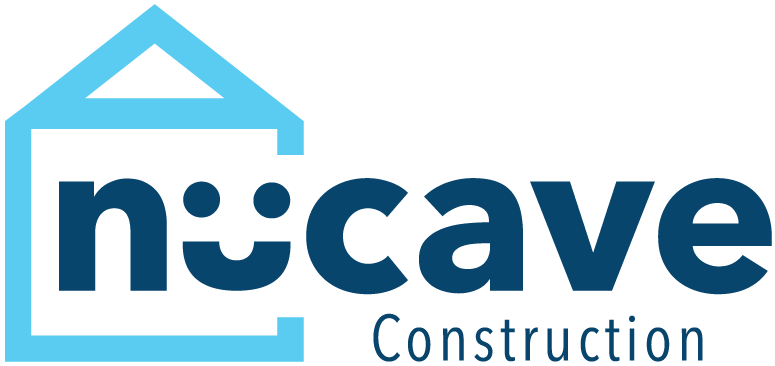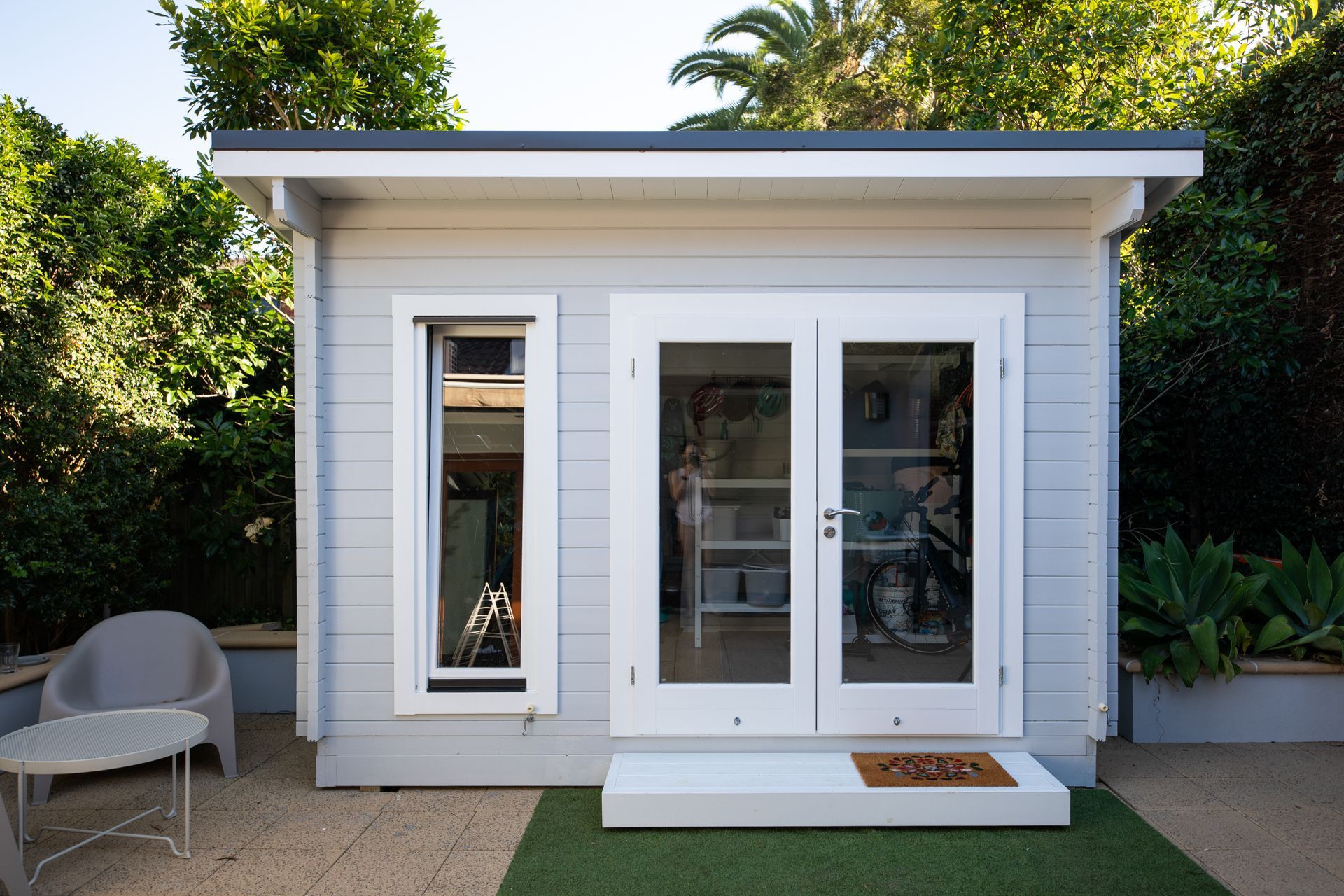A Guide to Building an ADU in San Diego
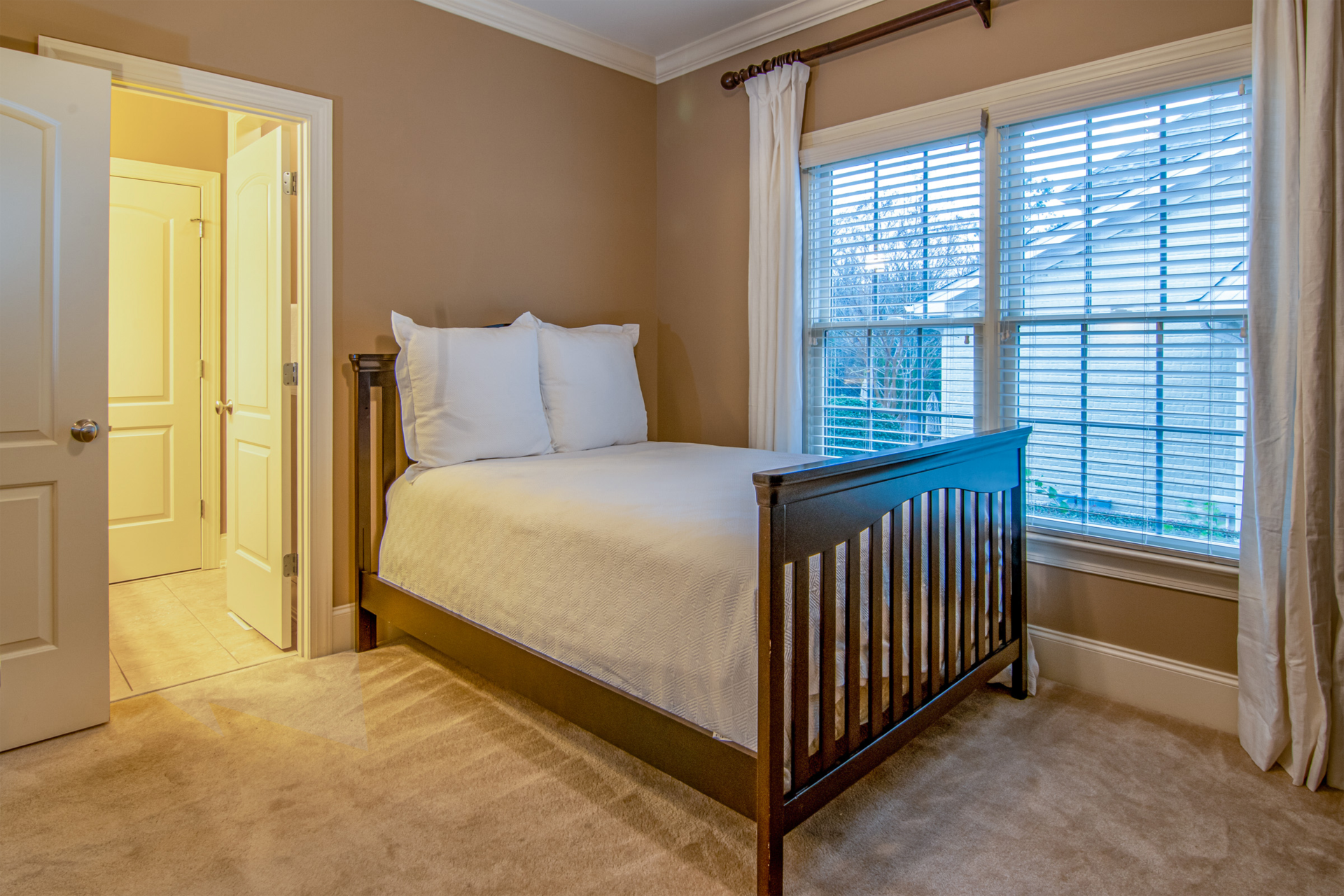
You may have heard of the term "ADU" but you may not be entirely sure what it means. ADU stands for Additional Dwelling Unit, and it is a secondary living space on your property that is separate from your primary residence. In other words, an ADU is a guest house, in-law suite, or granny flat. In California, they have become very popular because they are less expensive than buying a full-blown house extension. Plus, they add value to your property.
Many homeowners are interested in building an ADU but they are unsure of the process or the costs. This article will provide some clarity on both fronts.
What are the Requirements Involved With an ADU?
An ADU is a secondary living space that is attached or detached from your primary residence. It can be used as a rental unit, guest house, home office, or in-law suite. An ADU must have its own kitchen, bathroom, and living area. The square footage of an ADU can range from 200 to 1200 square feet. The County of San Diego offers
pre-approved plans as well as fee waivers for the permit for those that qualify.
ADUs are governed by state and local laws, so it is important to check with your city or county planning department to see what the regulations are in your area. For example, some jurisdictions do not allow detached ADUs while others have minimum lot size requirements. In the City of San Diego properties located in the Coastal Zone require a Coastal Development Permit.
Historical sites need to follow historical guidelines before an ADU is built.
Once you know what the laws are in your area, you can start planning your ADU project.
What are the Costs Associated with Building an ADU?
There are several costs associated with building an ADU. The first is the cost of permits and fees, which can range from $1,000 to $5,000 depending on your location. Although
the City of San Diego’s Housing Commission’s ADU Finance Programs
helps homeowners with low income with loans and waivers.
Next is the cost of construction, which can range from $300 to $450 per square foot depending on the type of unit you build and the finishes you choose. Finally, there are utility hook-up fees, which can cost anywhere from $500 to $2,500.
In total, the costs associated
with building an ADU can range from $150,000 to $300,000+. However, these costs can be offset by renting out the unit once it is completed. This cost is small in comparison to buying a small new home or renting an apartment in Southern California.
Steps to Consider When Building an ADU
1. Research your city or county's ADU code requirements.
Each city and county has its own code requirements for ADUs. These requirements will dictate the size, location, and type of ADU you can build on your property. To find out what the requirements are in your area, you can search for "ADU code requirements" online or contact your local planning department directly. Here’s the list of ADU zoning requirements in San Diego County and here’s a reference sheet from the city of San Diego.
2. Hire an architect or designer.
Once you know what type of ADU you want to build, you'll need to hire an architect or builder to draw up the plans. This professional will take into account the code requirements in your area as well as your budget and desired features to create a custom plan for your ADU. At Nucave we have experience with the various permits and requirements necessary to complete your vision.
3. Apply for a building permit.
After you have the plans for your ADU, you'll need to apply for a building permit from your city or county. The permit application will likely include a fee, which can range from a few hundred dollars to several thousand dollars depending on the jurisdiction.
4. Begin construction!
Once you have all the necessary permits in hand, you're ready to begin construction on your new ADU. Depending on the size and complexity of the project, this phase could take anywhere from a few weeks to several months to complete. Nucave Construction will keep you up to date as progress is made on your ADU.
Summary
Building an ADU can be a great way to add value to your property and generate rental income (although
some cities prohibit short-term rentals). However, there are several costs associated with building an ADU that you should be aware of before getting started. By doing your research and working with a qualified contractor, you can build the perfect secondary living space for your needs and budget.
ADUs can be difficult to navigate with several requirements from various municipalities.
Although the City of San Diego offers free virtual appointments, it can still be overwhelming.
Many mistakes
in building or planning your own ADU can lead to a larger budget and a stressful project.
Contact Nucave today to help simplify the process and answer your questions. We offer free consultations and will keep your project successfully moving forward.
